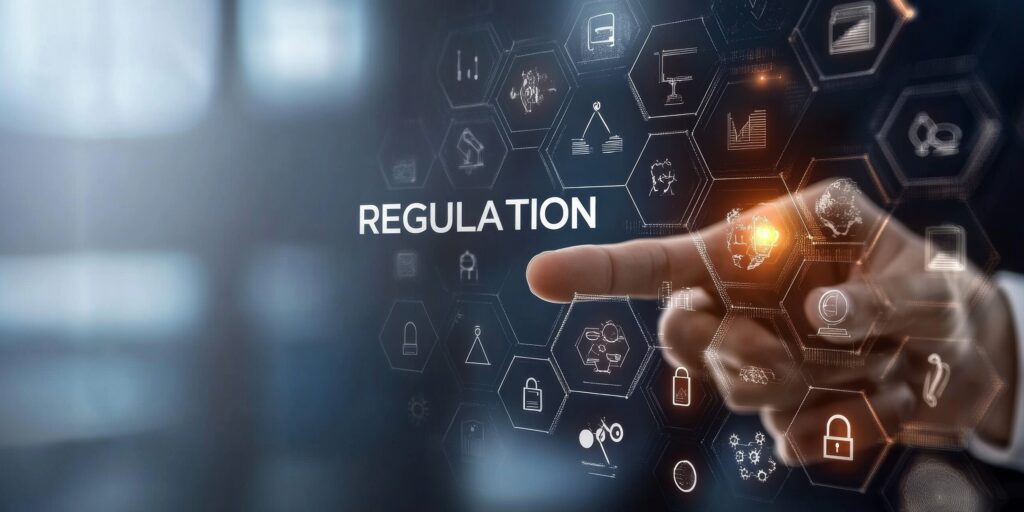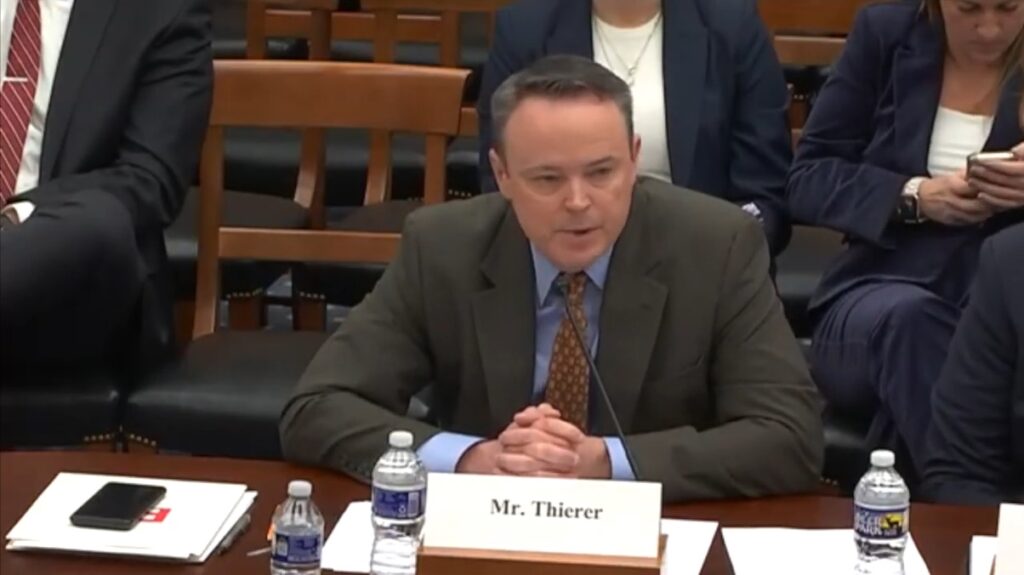Build Back Better: How Much Bang for the Buck?
This is the introduction to a series of posts on this topic. Scroll to the end to find the most recent posts.
When President Joe Biden announced his major legislative proposal, Build Back Better (BBB), it was seen as a watershed moment for climate change. For the first time since 2009, Democrats had full party control of the House, Senate and the executive branch and it seemed likely that they would finally deliver on their promises of major climate legislation. From climate-focused politicians and organizations, there has been almost universal acclaim for BBB, but much of this rhetoric predated legislative language and alterations to the bill—such as the removal of the Clean Electricity Performance Program. This blog series aims to analyze BBB’s major climate-related provisions to determine just how much of a difference the bill could make for climate change.
In these analyses, we compare the bill text of BBB to the estimated policy cost from the Congressional Budget Office to determine just how much clean energy and clean vehicles BBB could support, and then compare this to promises made by politicians. While BBB is a massive legislative proposal, and the largest proposed climate bill since the Waxman-Markey legislation of 2009, there has been remarkably little oversight or analysis as to if BBB would actually do what politicians say it will do. In this series we break down exactly how large the most significant climate provisions in BBB are, and just how much of a difference they will make compared to the trajectory the United States is already on.
INTRODUCTION – Build Back Better: How Much Bang for the Buck?
PART 1 – The Costs and Benefits of Nuclear Power Subsidies
PART 2 – The Inefficiency of Renewable Energy Subsidies
PART 3 – EV Subsidies Likely to Have Minimal Impact
PART 4 – Alternative fuels subsidies are small in size but with interesting potential
CONCLUSION – BBB Series Summary and Conclusion
Image credit: rolffimages









